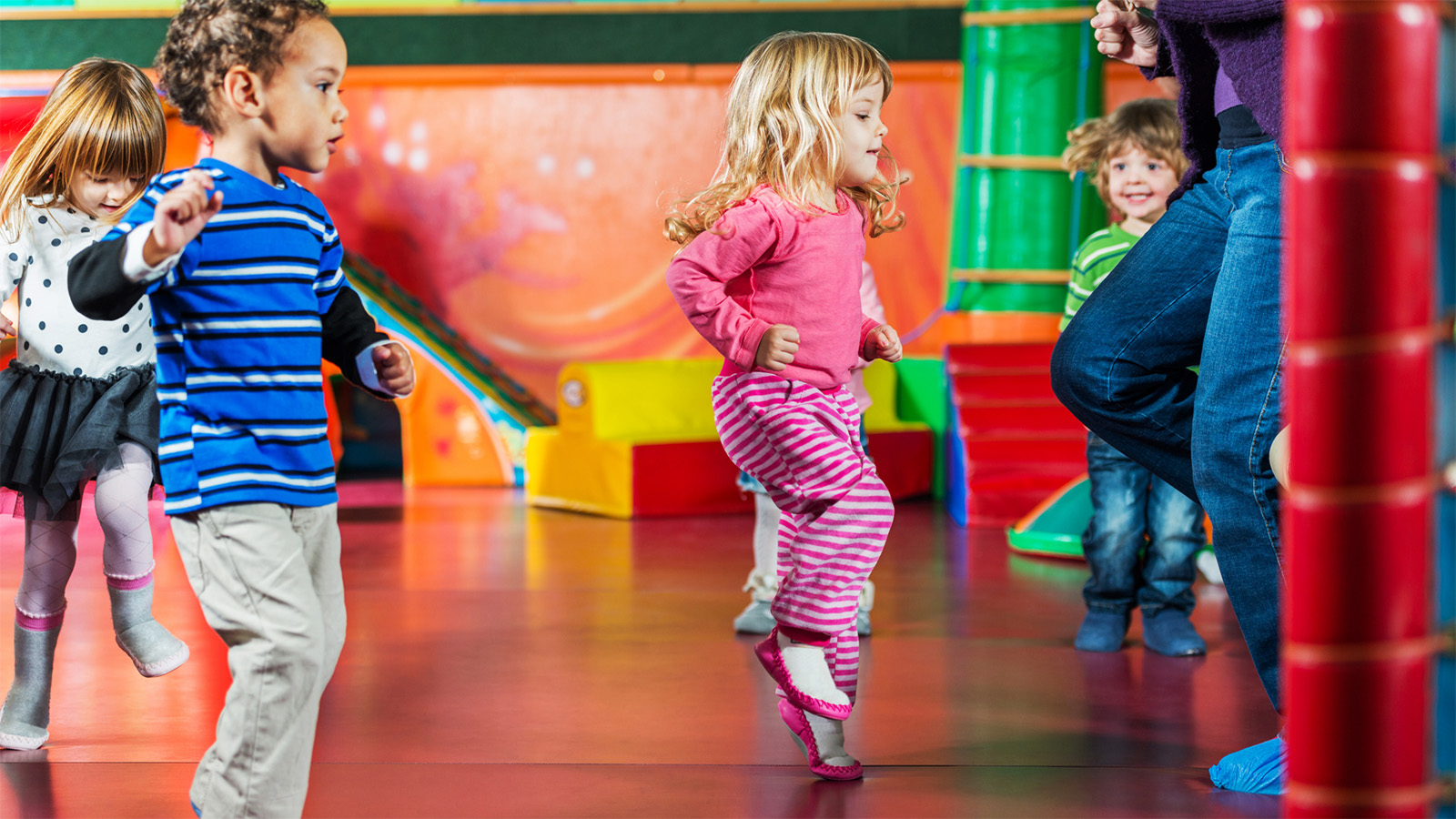Play-Based Learning
Featured Article
Let’s Dance! The Benefits of Music and Movement for Children
Music and movement have become increasingly important aspects of children’s day-to-day lives—on a par with mathematics, science, literature, and so forth.
The ability to classify begins to develop much earlier than you might think. When a baby is able to pick up and hold objects, it's time to introduce stacking rings.
Participation in music provides your little one with unique experiences and skills. Each song sung provides insights into a child’s interests, and allows the child to express what they know.
Developing an understanding of cause and effect can help children build their ability to solve problems, to make predictions, and to understand the impact of their behavior on others.
Mixed-age grouping is becoming increasingly more popular among early childhood center-based educational settings. It involves putting children who may be more than two years apart in age in the same group or class. Centers that use this model find that the relationships between child and caregiver are greatly strengthened.
The exploration of new words using pictures and sounds adds to a broader understanding of a word’s meaning. This also helps to reduce misconceptions.
Receptive language—words a child understands but doesn’t yet say—typically precedes language production by several months. At 8 months, a little one begins to understand his or her name along with such common words as “bottle,” “mama,” “dada” and “bye-bye.” “No no” and “all gone” typically are understood at about 11 months. By age 1, a child will understand more than 50 words, and that number will continue to grow dramatically month-to-month, even though that child may barely be talking. Meanwhile, the acquisition of expressive language—words a child understands and says—relates to what a child best knows and is interested in—mom and dad, for example.
A child acquires language in predictable stages. (Note: Some language-acquisition experts suggest that there are six stages (including the earliest stage of cooing). Other experts describe five stages, starting with babbling. Still others contend that there are four main stages when two multi-word stages are combined.
When the ParentPal developers began envisioning a young child’s first experiences with music, they turned to William Weisbach. Weisbach had created, performed, and produced the music for the very popular Baby Einstein line of products. Plus, his experience as a composer and producer of award-winning media productions and sound design gave him the perfect credentials for this work.
Every object is a potential play object. This includes everyday objects around the child, and not necessarily just toys.
A resilient child thrives in the classroom, tending to have fewer or milder behavioral and emotional problems, greater engagement in school, and stronger academic skills.
Researcher Mildred Parten identified six stages of play that children progress through in their first 5 years of development.
A child’s social-emotional development creates the context in which they develop and exercise all of their other abilities. Discover four critical social-emotional milestones for you to watch for during baby’s first year.



